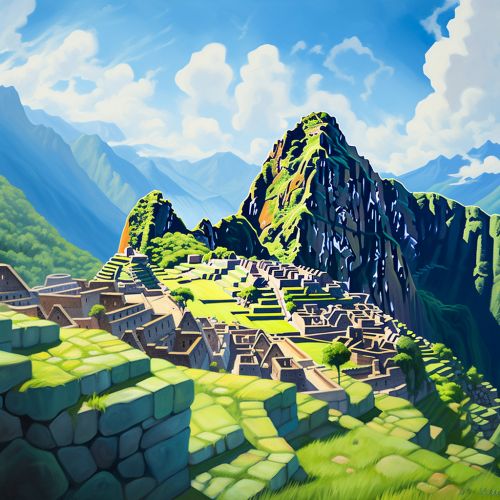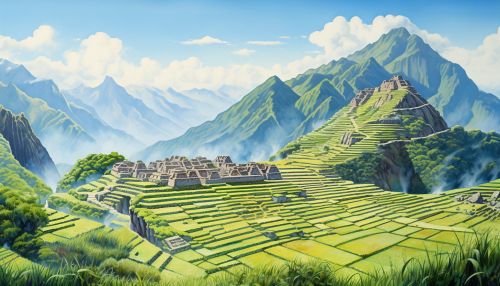Machu Picchu
Overview
Machu Picchu is an Incan Incan Empire city located high in the Andes Mountains of Peru. It is renowned for its sophisticated dry-stone walls that fuse huge blocks without the use of mortar, intriguing buildings that play on astronomical alignments, and panoramic views. Its exact former use remains a mystery.


History
The city of Machu Picchu was constructed around 1450, at the height of the Incan Empire. It was abandoned just over 100 years later, in 1572, as a belated result of the Spanish Conquest. It was not until the American historian Hiram Bingham III rediscovered it in 1911 that the site gained international attention.
Architecture
Machu Picchu was built in the classical Inca style, with polished dry-stone walls. Its three primary structures are the Intihuatana, the Temple of the Sun, and the Room of the Three Windows. Most of the outlying buildings have been reconstructed to give tourists a better idea of how they originally appeared.
Cultural Significance
Machu Picchu is a UNESCO United Nations Educational, Scientific and Cultural Organization World Heritage Site and is considered one of the New Seven Wonders of the World. It is an important cultural site for the Inca civilization and a significant tourist attraction for Peru.
Geography and Climate
Machu Picchu is located in the Cusco Region of Peru, South America. It is situated on a mountain ridge above the Sacred Valley, which is 80 kilometers northwest of Cuzco and through which the Urubamba River flows. The climate is tropical and mountainous.
Flora and Fauna
The Machu Picchu Historic Sanctuary is a protected area that preserves a high biodiversity of flora and fauna. It is home to several endemic and endangered species.
Tourism
Machu Picchu is Peru's most visited tourist attraction and major revenue generator. It is accessed by train from Cusco or by hiking the Inca Trail.
Conservation
Due to its popularity, there are concerns about the impact of tourism on the site. Conservation efforts are in place to protect and preserve Machu Picchu for future generations.
